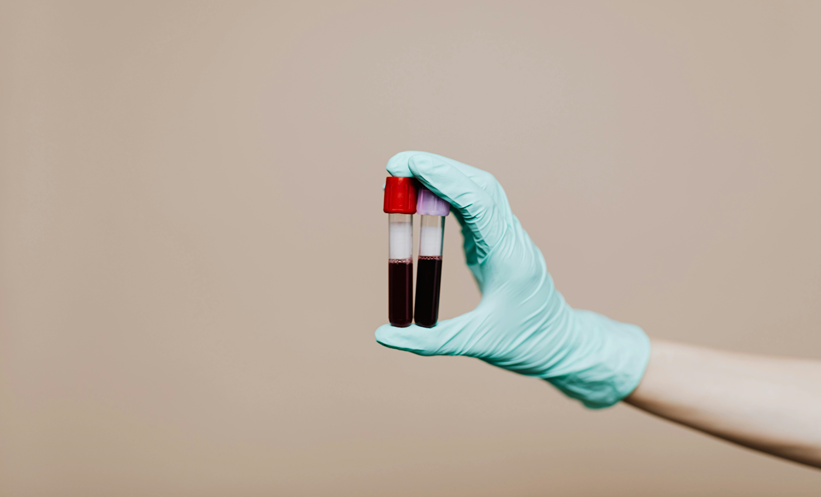DEPLETING prostate cancer cell lines of a DNA-binding protein makes them hypersensitive to chemotherapeutic drugs, suggesting a possible opening for targeted prostate cancer therapy.
The CHD1 gene encodes the chromo‐domain helicase DNA‐binding protein‐1 (CHD-1) and is commonly deleted in prostate cancer. Mutations of CHD1 are associated with chromosomal instability, which can lead to a worse prognosis; these mutations occur in 15–27% of all prostate tumours.
The team of researchers demonstrated that cancer cells depleted of CHD1 possessed defects in homologous recombination (HR), a mechanism that repairs harmful breaks in DNA. Depleting CHD1 specifically affects DNA repair which is HR-mediated, but not non‐homologous end joining. Defects to HR in tumour cells make molecules weak and allow them to be manipulated more easily, causing the tumours to be more susceptible to cancer-treating drugs, such as mitomycin C, irinotecan, and poly ADP ribose polymerase (PARP) inhibitors.
Overall, this data gives evidence of the significant role that CHD1 plays in DNA double-strand break repair via HR, indicating that depleting cells of CHD1 hypersensitises them to therapeutic drugs and unearths a new potential for targeted treatment.
The PARP inhibitor olaparib has already been approved for the treatment of BRCA-mutated ovarian cancer, and lead researcher Prof Steven Johnsen, Clinic for General, Visceral and Pediatric Surgery, University Medical Center Göttingen, Göttingen, Germany, believes PARP inhibitors are key in treating prostate cancer too: “A retrospective analysis of the CHD1 gene in these samples may reveal the potential utility of CHD1 as a biomarker for improved prostate cancer patient stratification and targeted therapy with PARP inhibitors.”
This happens to coincide with tests on PARP inhibitors in prostate cancer treatment, with olaparib in a Phase II trial indicating positive results in patients with metastatic prostate cancer with genetic HR repair defects. Prof Johnsen also elucidated on the next stage of the study, explaining that contact with pharmaceutical companies is being made to encourage the clinical development of this study’s findings.
(Image: freeimages.com)







